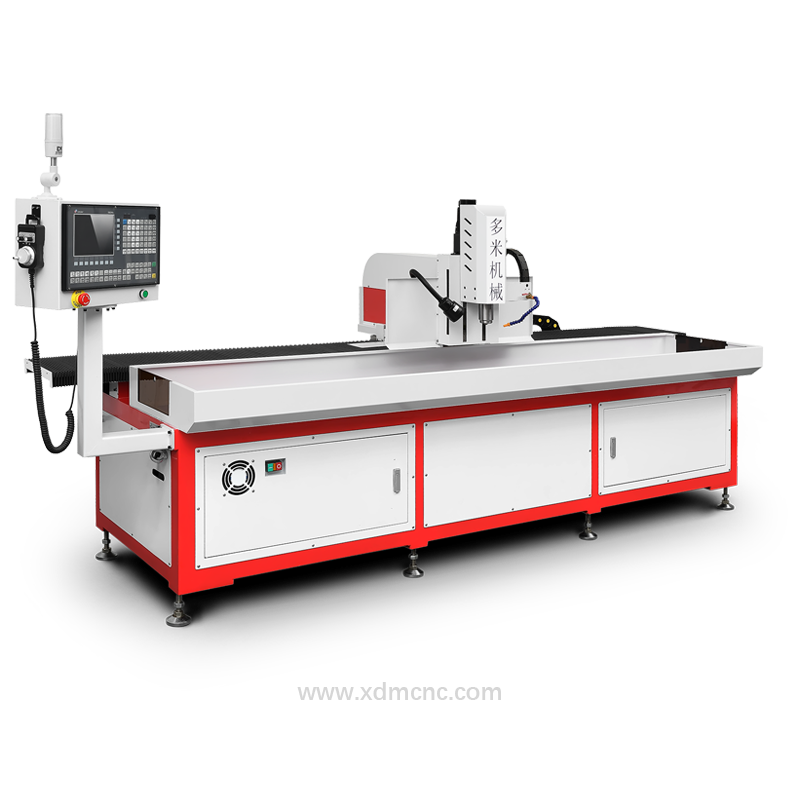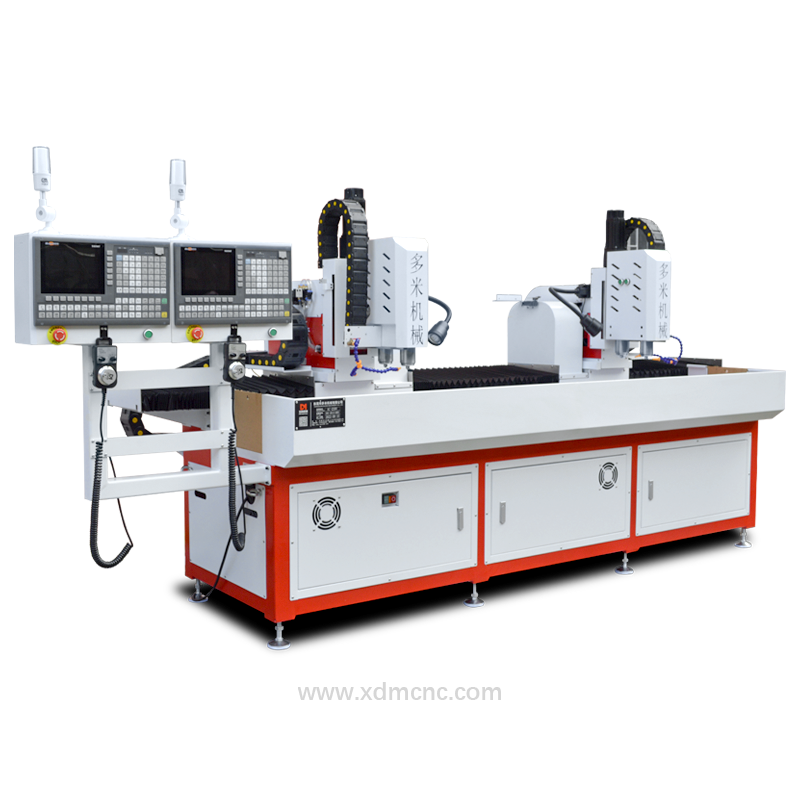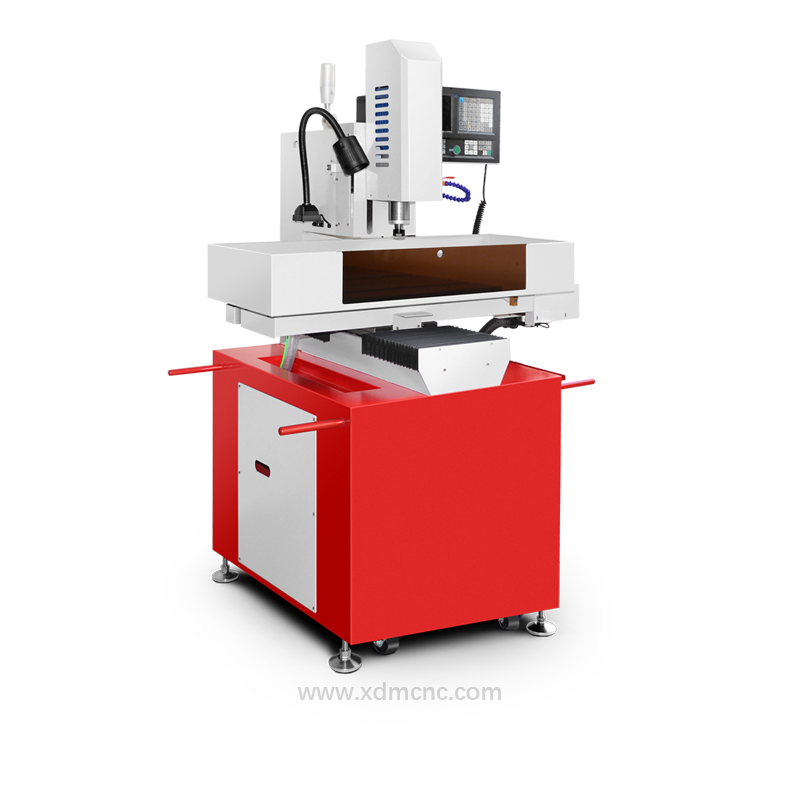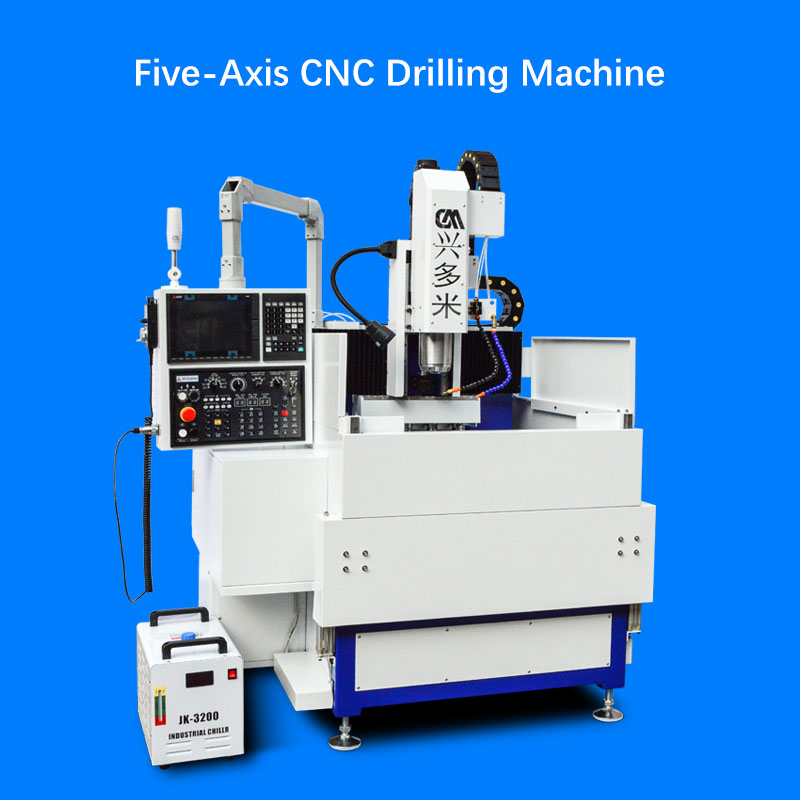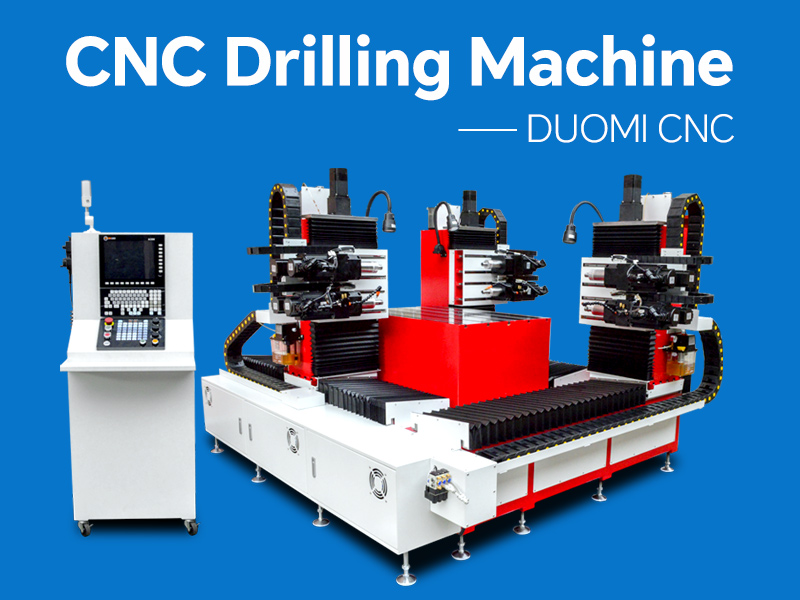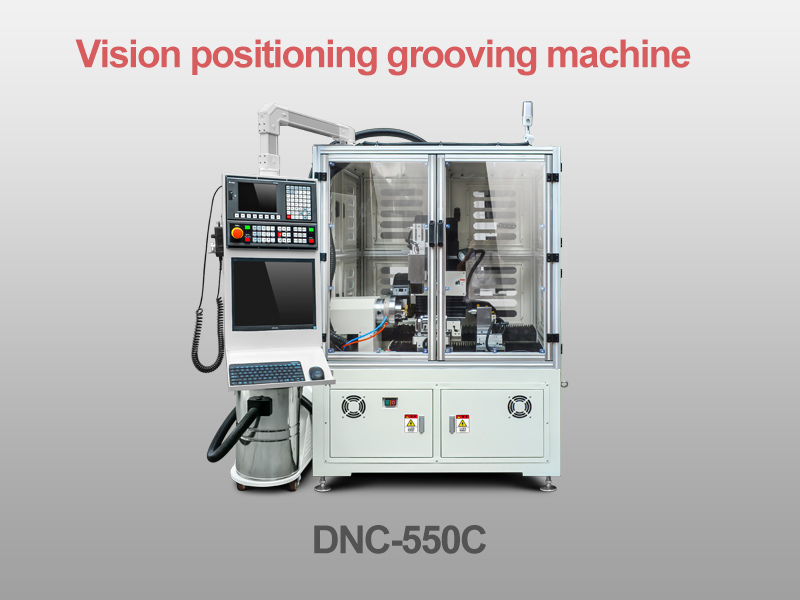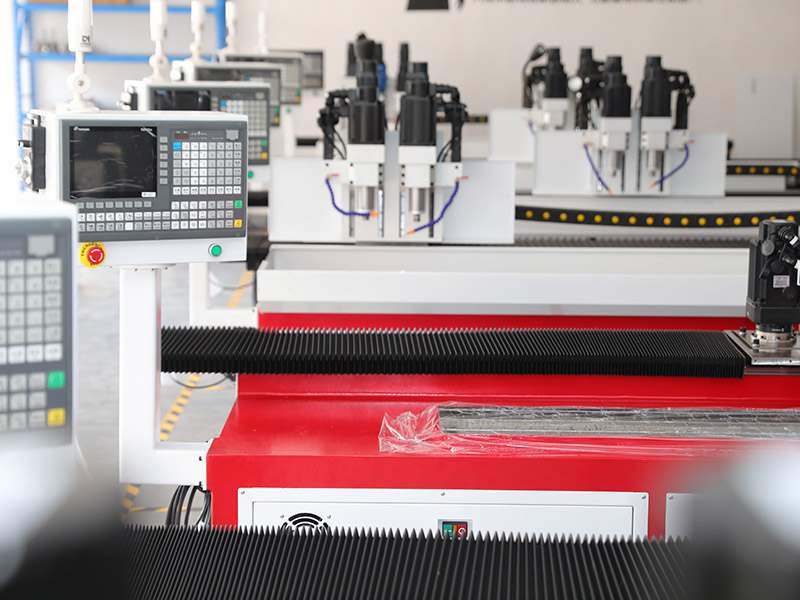Multi-Hole CNC Drilling Machine: Enhancing Precision and Efficiency
The manufacturing industry continually seeks advancements to improve precision, efficiency, and scalability. Among the innovative solutions, the Multi-Hole CNC Drilling Machine stands out as a transformative tool, revolutionizing drilling operations across various sectors. This article delves into the technical aspects, benefits, and applications of this advanced machinery.
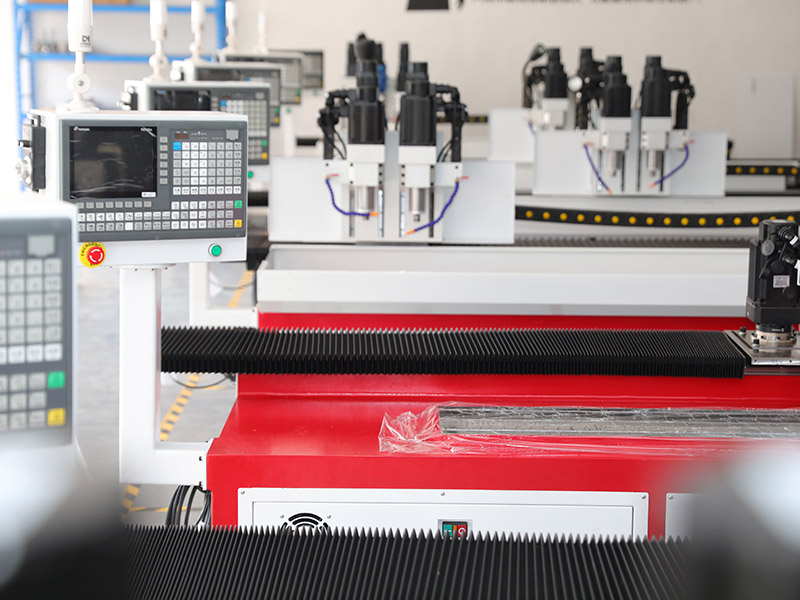
1. Overview of Multi-Hole CNC Drilling Machines
A Multi-Hole CNC Drilling Machine is a computer-controlled device designed to drill multiple holes simultaneously or sequentially with high accuracy. Unlike traditional single-hole drilling machines, this equipment incorporates multiple spindles, enabling it to perform complex drilling tasks in a fraction of the time.
Key components of a Multi-Hole CNC Drilling Machine include:
CNC Controller: The brain of the machine, ensuring precise coordination of movements and drilling operations.
Multiple Spindles: Configured to drill several holes simultaneously, reducing production time.
Worktable: Provides a stable platform for holding the workpiece, often equipped with clamping systems.
Linear Guides and Servo Motors: Enable precise and smooth movement along the X, Y, and Z axes.
Tool Changer (Optional): Facilitates automatic switching between different drill bits for varied operations.
2. Technical Specifications
Modern Multi-Hole CNC Drilling Machines come with customizable configurations to cater to specific industrial needs.
Common technical specifications include:
Number of Spindles: Typically ranges from 2 to 10 or more, depending on the application.
Drilling Speed: Up to 10,000 RPM or higher for high-speed operations.
Hole Diameter Range: Supports a wide range of diameters, from micro-holes (<1 to="" large="" apertures="">50 mm).
Positional Accuracy: ±0.01 mm or better, ensuring high precision.
Automation Features: Integration with robotic arms, conveyor systems, and Industry 4.0 technologies for seamless operation.
3. Advantages
The adoption of Multi-Hole CNC Drilling Machines offers numerous advantages:
Increased Productivity: Simultaneous drilling reduces cycle times significantly, boosting throughput.
Enhanced Accuracy: CNC control ensures precise positioning and uniform hole dimensions.
Cost-Effectiveness: Reduced labor costs and minimized material wastage lower overall production expenses.
Versatility: Suitable for various materials, including metals, plastics, and composites.
Ease of Operation: User-friendly interfaces simplify programming and setup.
4. Applications
Multi-Hole CNC Drilling Machines are widely used across industries, including:
Automotive: Drilling engine components, gearboxes, and chassis parts.
Aerospace: Fabricating structural components, such as fuselage panels and wing assemblies.
Electronics: Creating micro-holes in printed circuit boards (PCBs).
Construction: Producing holes in steel beams and other structural elements.
Furniture: Drilling patterns for assembly and decorative purposes.
5. Maintenance and Best Practices
To maximize the lifespan and efficiency of a Multi-Hole CNC Drilling Machine, regular maintenance is crucial:
Lubrication: Ensure all moving parts are well-lubricated to minimize wear.
Tool Inspection: Regularly check drill bits for wear and replace as needed.
Calibration: Periodically calibrate the CNC system to maintain accuracy.
Software Updates: Keep the CNC software updated for optimal performance and compatibility.
Cleanliness: Remove chips and debris after each operation to prevent blockages and damage.
6. Future Trends
The evolution of Multi-Hole CNC Drilling Machines aligns with advancements in automation, artificial intelligence, and smart manufacturing.
Emerging trends include:
Integration with IoT: Enabling real-time monitoring and predictive maintenance.
Hybrid Machines: Combining drilling with other processes like milling or tapping.
Enhanced Sustainability: Development of energy-efficient models with reduced environmental impact.
Conclusion
The Multi-Hole CNC Drilling Machine represents a significant leap in manufacturing technology, delivering unparalleled precision and productivity. Its versatility and adaptability make it an indispensable asset in modern production facilities. As industries continue to evolve, these machines will undoubtedly play a pivotal role in shaping the future of manufacturing.




